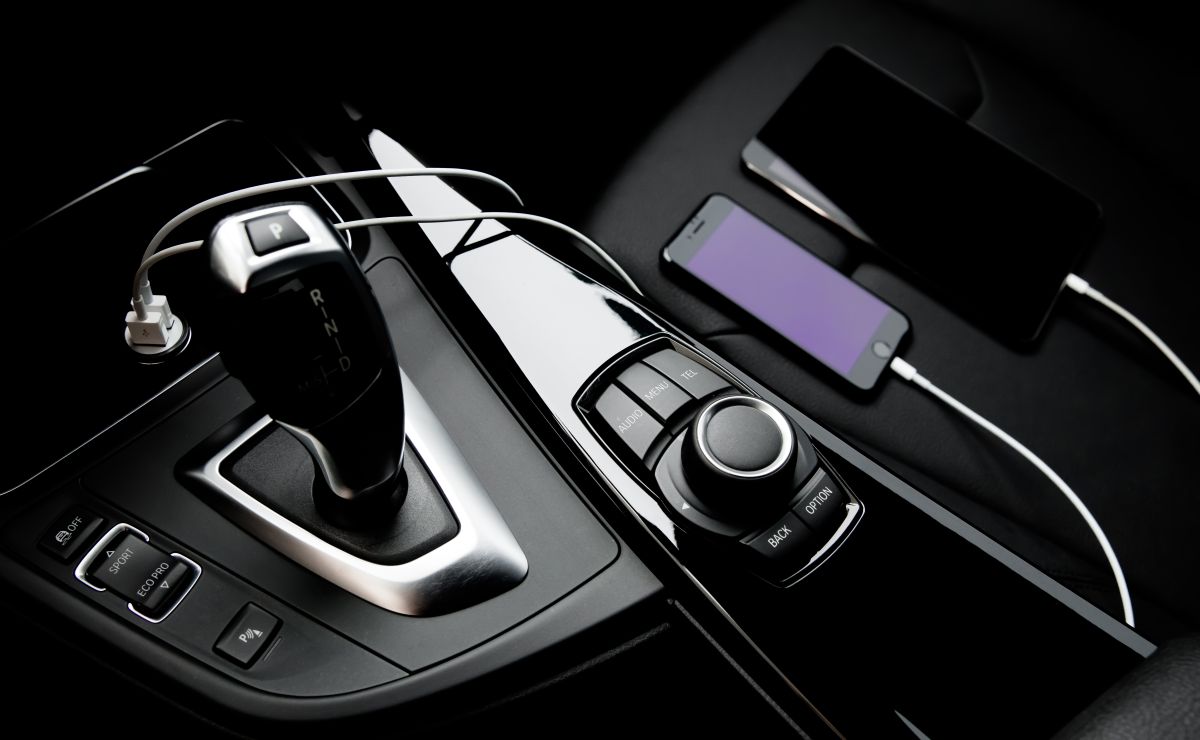A man named Lotus went down in history to possess it for many years A penny sold for $204,000 previous januaryAccording to Heritage Auctions, the auction house that conducted the sale. One penny is supposed to equal this: one penny. However, when these coins are kept over the years by collectors, their value increases exponentially.
He had a lotus Bronze Lincoln Pence 1943 to 2018, when he passed away. But earlier, when his health deteriorated, he gave it to Heritage Auctions.
“Lotus, who was 16 years old, received the copper coin for it in his high school cafeteria in 1947,” coin cataloguer David Stone told Reuters. CNBC Make It.
The auction house received nearly 30 bids when the coin went up for sale. profits She was headed to the Berkshire Athenaeum Public Library, It is located in Pittsfield, Massachusetts, the birthplace of Lotus.
As Stone explained to the American media, the value of a penny depends on its quality and rarity. As for the 1943 Bronze Lincoln Penny, he notes that only a handful of them have been discovered, Including those found by Lotus.
The United States stopped using bronze to preserve materials used in the armed struggle, so it began making cents out of zinc-coated steel plates, according to the Coin Index.
However, Stone explained, “Some of the old copper plates got stuck in the large chests the mint used to fuel coin presses in late 1942. The few bronze coins that had been struck went unnoticed and circulated.”
This is how The bronze Lincoln penny became, in Stone’s words, “the most famous error coin in American numismatics.” However, the expert emphasized that the chances of finding one of these are almost impossible.
“Lincoln’s Most Valuable Cent Privately Sold in 2010 for $1.7 Million”Stone said.
Until now , Collectors know only 15-20 Bronze Cents from Lincoln. But due to its value, many fakes made of fake steel circulated, so experts advise anyone who finds one to check it with a magnet, as if glued, it is not bronze.
:quality(80)/cloudfront-us-east-1.images.arcpublishing.com/lanacionar/Y3TQ4H3F75AEXBH42A2ETTYPXI.jpg)
Numismatics is an auxiliary science to archaeology that deals with coins or medals issued by a nation. It can also refer to a hobby of collecting. It is a word derived from the Latin origin “Nomisma”, which means currency and from the Greek “Nomisma”, derived from “Nomos”, which means custom or custom. It covers two eras, where initially there were no non-metallic coins and exchanges took place through merchandise and products. Then utensils and metal ingots were used until weight appeared.
In order to distinguish which currencies have greater value than others, experts rely on some characteristics, among which the most important are:

:quality(80)/cloudfront-us-east-1.images.arcpublishing.com/lanacionar/PFKXTOVMCZHI7HTA7QKLXRNDFQ.jpg)



